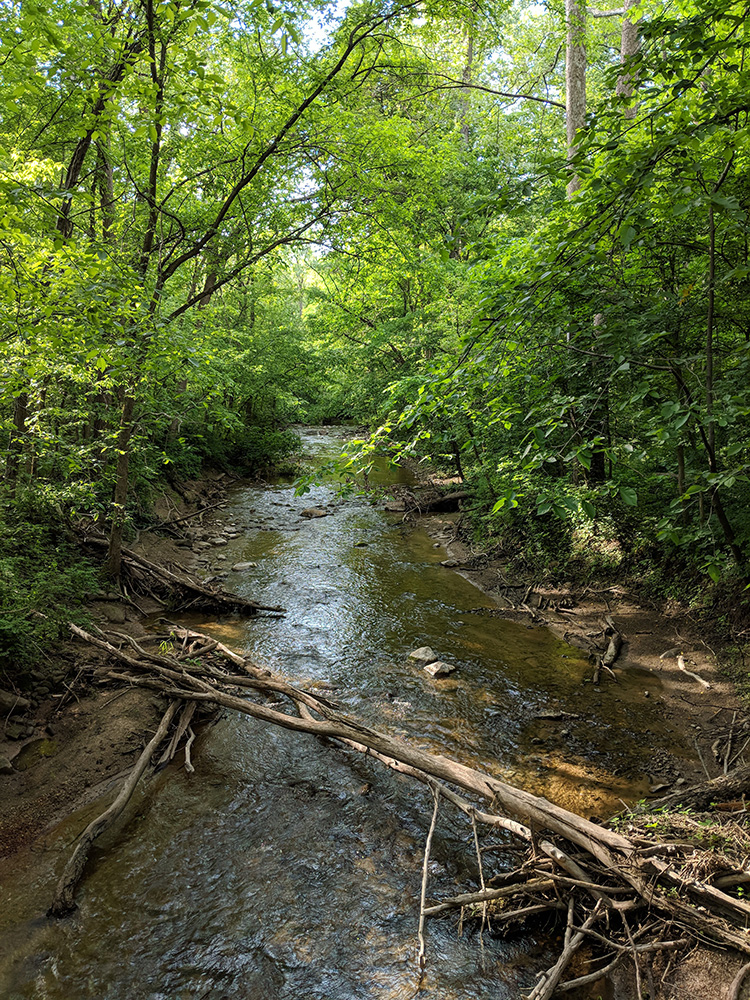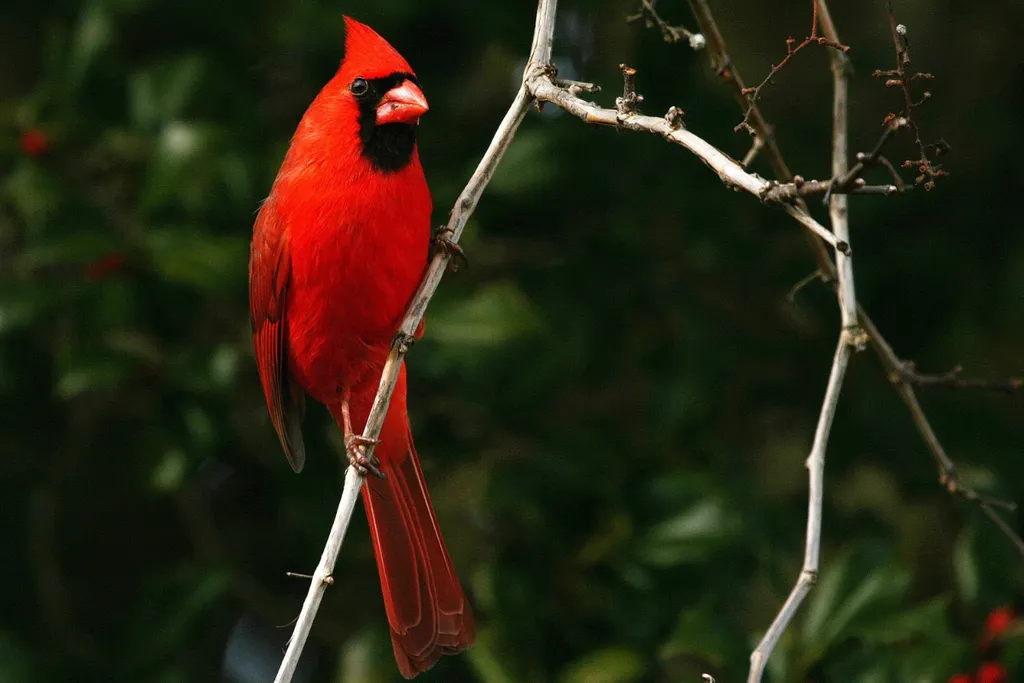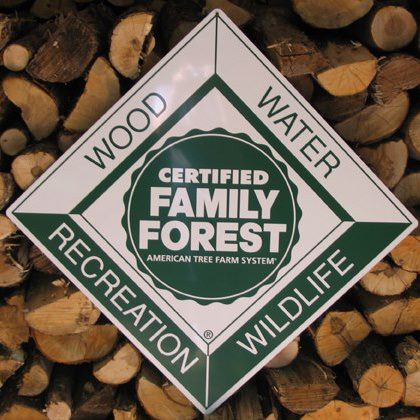 HEALTHY FORESTS
HEALTHY FORESTS
We have a long standing and well-recognized commitment to implementing forest management practices that yield excellent wildlife habitat. We manage this woodland for clean water, recreation, timber value, forest production (syrup and honey) and wildlife habitat.
Beginning in 2023, the Indiana Maple Syrup Producers Association (we’re proud members) is promoting the fact that Indiana Maple Syrup is produced in “Bird Friendly” forests. And they are also getting the word out that Indiana Maple Syrup is a healthier natural sweetener…good for the environment and good for the economy.
 At Springboro Tree Farms we support this idea. We’ve long been a diverse woodland with a broad mix of more that 35 tree species. (Explore our Tree Trail when you have a moment.) We estimate less than 30% are sugar maples. And when we consider the many dead standing trees here, we know we provide a very bird-friendly habitat.
At Springboro Tree Farms we support this idea. We’ve long been a diverse woodland with a broad mix of more that 35 tree species. (Explore our Tree Trail when you have a moment.) We estimate less than 30% are sugar maples. And when we consider the many dead standing trees here, we know we provide a very bird-friendly habitat.
But that’s not enough. We want to make “Bird Friendly” something we DO. Not just something we say.
So, in 2023 we’re beginning a 3-year journey to optimize this woodland for songbird habitat.
We’ll be participating in and supporting the Indiana Nature Conservancy’s “Forestry for the Birds” collaboration with birders, ornithologists, foresters, wildlife biologists and woodland owners like us to do our best to protect and save the shrinking population of songbirds.
 To that end we have applied for and been accepted as one of Indiana’s first participants in a new USDA Conservation Stewardship Program for songbird habitat maintenance. (E666R)
To that end we have applied for and been accepted as one of Indiana’s first participants in a new USDA Conservation Stewardship Program for songbird habitat maintenance. (E666R)
As a participant in this program we will work with the Indiana NRCS local and state offices including the state forester’s office. In addition, we will partner with members of the Sycamore Audubon Society of West Lafayette (local bird experts) who will conduct a series of bird surveys to determine which and how many of each species of migratory and at-risk songbirds are nesting or feeding here.
Our foresters will then use that list to prescribe tree and shrub plantings and other forestry management practices required to improve our song bird habitat.
 We’ll then plant the needed trees and implement the plans to improve this woodland for the birds. Then, in a year or so, our friends from the Sycamore Audubon Society will be back to conduct additional follow-up bird surveys and report our progress.
We’ll then plant the needed trees and implement the plans to improve this woodland for the birds. Then, in a year or so, our friends from the Sycamore Audubon Society will be back to conduct additional follow-up bird surveys and report our progress.
Our hope is that this investment in songbird habitat pays off for the birds but also help us to realize our objective: to make Springboro Tree Farms a truly “Bird Friendly” forest!
RECLAIMING OUR NATIVE WOODLANDS IS A WORTHY PASSION…
The 37+ acres that became Springboro Tree Farms was purchased in November 1991. Because the land had never been occupied, much trespassing and illegal dumping occurred for many years. So, taking possession and site cleanup were early priorities.
Step one was securing (fence, gate and lock) the property. Then work began removing tons of debris illegally dumped here. Appliances, furniture, garbage and scrap metal and several pickup loads of beer cans all needed to be properly recycled.
One of the most abused areas included three-acres on the North East corner where the illegal dumpsite was located. It was filled with invasive plants including multi flora rose, brush honeysuckle, and tree of heaven. In 1992, after clearing the land fertilizing that area, 300 black walnut trees were planed including Purdue #1 seedlings as well as trees sourced from the state nursery in Pulaski. In future years hundreds of additional trees were planted in this general area.
In 1993, the property was enrolled in the Indiana Classified Wildlife Habitat program in order to gain access to important information on forestry management best practices. As part of that program, we worked with our state forester to write and begin to implement a forest management plan. If you’d like more detail, our Stewardship Plan (with the DNR) is provided as Technical Documents found in the footer of each page on the website.
For the first 20 years the focus of the plan was the management of invasive plants. Then with the invasive plants somewhat under control, the focus expanded to include sugaring in 2012. Our “sugar bush” actually includes a fair piece of our own land plus access to a very kind neighbor with some outstanding sugar maple trees on hillsides that are perfect for our sugaring operations. Read more about all this in Sugaring on the website.
As part of the work required to properly prepare for a timber harvest, a system of about 1 and ½ miles of trails were designed and constructed in 2018. We are holding off on any timber harvest for the foreseeable future.
Today, Springboro Tree Farms includes a sugar bush and walnut tree planting, a Christmas tree grove, a small orchard, an apiary and a pond deep in the woords…all sitting on abAmerican Tree farm logo copy 2out 40 acres of forest and wetlands.
You’ll find all manner of wildlife on the farm. White tail deer, river otter, fox, turkey, squirrel and coyote to start the list. Sit quietly in the woods and one never knows what might just wander by.
Springboro Tree Farms is certified in accordance with the American Forest Foundation standards of sustainable forest management. The American Tree Farm System is internationally recognized. Certified Family Forests meet eight standards of sustainability and are typically managed for multiple purposes: water, wildlife, wood and recreation.
Enjoy a few pictures of the Springboro Tree Farms woodland and find more in the Gallery.
[Pictured: It’s almost more of a feeling than a picture isn’t it.]
